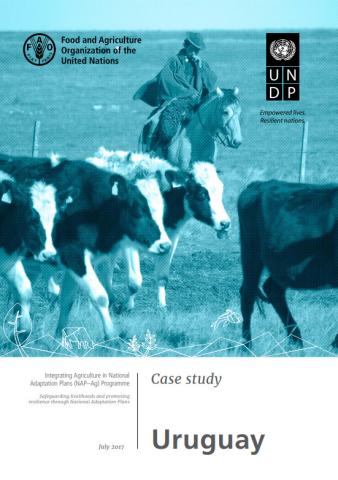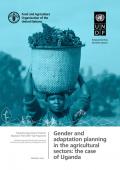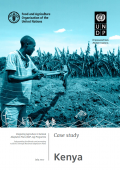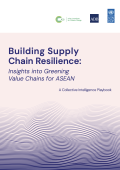
This country case study on Uruguay is one in a series that describes the steps taken to formulate and implement National Adaptation Plans (NAPs), with a particular emphasis on adaptation in agriculture (incl. forestry, livestock and fisheries). This series aims to provide national policy makers with valuable information from colleagues and counterparts in Asia, Africa and Latin America who are on the same NAP journey to address the multiple challenges posed by climate change.
Highlights
- The agricultural sector is a mainstay of the Uruguayan economy, contributing seventy percent of exports and seven percent of the Gross Domestic Product (GDP). The sector has experienced a period of rapid growth, intensification and modernization over the last decade.
- Agricultural production remains vulnerable to climate change and climate variability, with extreme events such as floods and droughts becoming more intense. Projections indicate that there will be an increase in the duration of heat waves and a significant increase in the intensity of the precipitation this century.
- Uruguay has developed an advanced suite of climate change policies, strategies and plans. The country has committed to ambitious and quantified sectoral mitigation targets to be achieved by 2030.
- In 2016 the Ministry of Livestock, Agriculture and Fisheries (MGAP) began the process of developing a National Adaptation Plan (NAP) specifically for the agricultural sector (Agriculture NAP). The formulation of the NAP will be finalised in 2018.
- This planning process builds on over a decade of national studies, awareness and consensus on the importance of climate change adaptation and the 2009 National System for Response to Climate Change and Variability (SNRCC).
- The Agriculture NAP will seek to clarify questions around which livestock, agriculture, forestry and fishery activities need to adapt, in which parts of the country, and how producers can effectively reduce their vulnerability and build their resilience to future climate uncertainties.
- This push to adapt the agriculture sector will contribute to Uruguay’s economic and sustainability goals, as well as the National Policy on Climate Change (2017) and the countries National Determined Contribution (NDC) commitments under the Paris Agreement.
- The UNDP–FAO NAP–Ag programme in Uruguay is working with the Sustainability and Climate Change Unit of the MGAP, and in close coordination with other ministries and government bodies, to support the formulation of the Agriculture NAP.
- Since mid-2016, the NAP–Ag programme in Uruguay has supported three assessments to review climate change impacts and adaptation options; map stakeholders to be involved in the Agriculture NAP process; and identify capacity needs within the government and amongst agricultural producers.
- The NAP–Ag programme in Uruguay is now working with the MGAP on: cost benefit analysis of adaptation alternatives; impact assessment of adaptation policies; consultations with dairy, family farming, forestry, irrigated rice, fisheries, fruit and vegetable, agriculture and livestock producers; development of indicators to track and monitor adaptation; and strengthening inclusion of gender dimensions within the Agriculture NAP.



